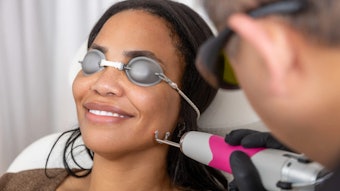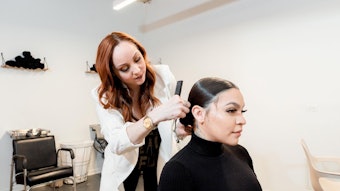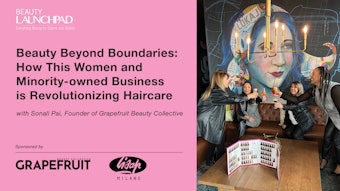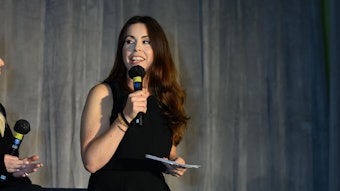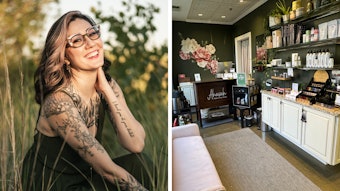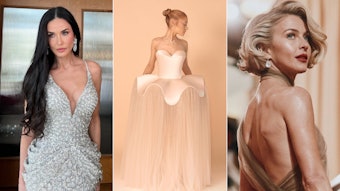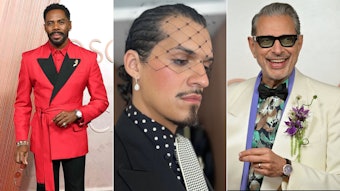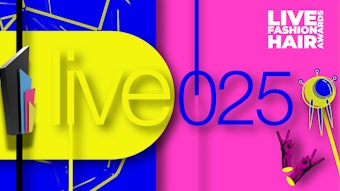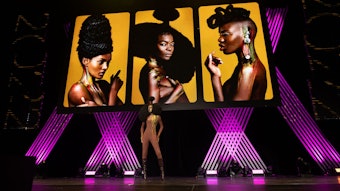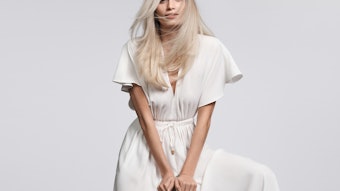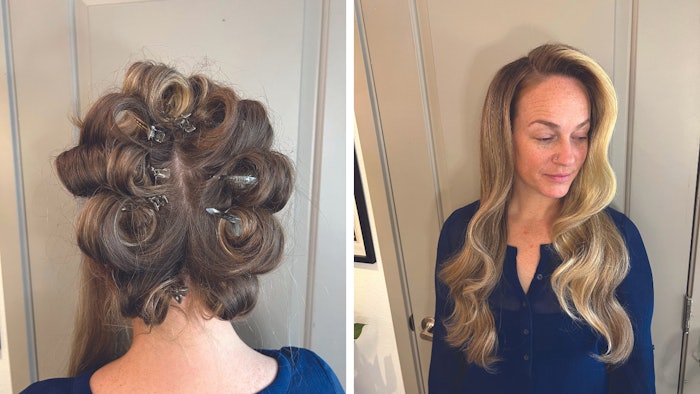
The hair and beauty industry is rapidly changing, meaning that hairstylists have to adapt and change with it. This can mean staying on top of trends, learning new skills to keep up with demand and trying out new products and tools as technology advances in the industry. However, there may not always be a push to go back and revisit some of the basic skills you're taught day one of cosmetology school. Here, we speak to hair designer and makeup artist Drew Noreen (@drewjonobeauty) about the fundamental techniques behind being a hairstylist, and he shares a tutorial that can help you brush up on your skills!
Q&A:
Beauty Launchpad (BLP): How would you define the term technique as it applies to a hairstylist?
Drew Noreen (DN): I would say the word “technique” is applicable to any type of beauty service that involves steps that can be learned and duplicated to achieve a consistent and/or specific result.
BLP: What are some fundamental techniques that hairstylists should have under their belt? 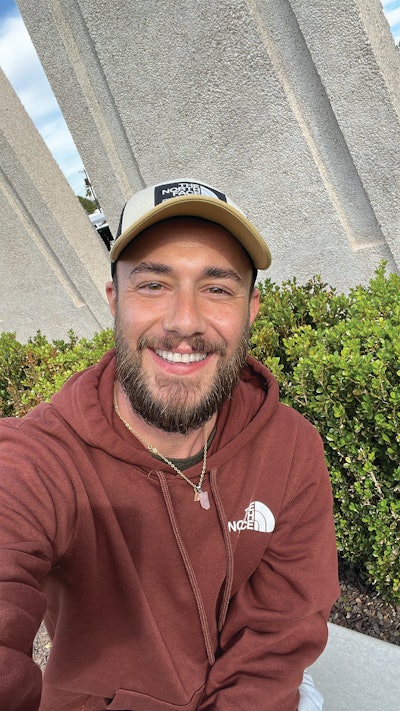 Hair designer and makeup artist Drew Noreen (@drewjonobeauty) discusses fundamental techniques behind being a hairstylist, and he shares a tutorial that can help you brush up on your skills!Courtesy of Drew Noreen
Hair designer and makeup artist Drew Noreen (@drewjonobeauty) discusses fundamental techniques behind being a hairstylist, and he shares a tutorial that can help you brush up on your skills!Courtesy of Drew Noreen
DN: A few fundamental musts for me are one length haircuts (you think it’s easy but can be one of the hardest to do), solid blow outs for maximum lasting results, understanding the differences of shears vs. a razor and how to use them to your advantage, color theory can be your best friend (TRUST ME… we’ve all been there) and although not necessarily a technique… but a little patience goes a long way sometimes!
BLP: What gaps do you see in the industry regarding how hairstylists approach technique? How do you think these gaps can be filled or overcome?
DN: Personally, I don’t necessarily see a gap in how people approach techniques because we all do things a little differently. I DO, however, see a gap in techniques themselves. I feel that a lot of the classic hairdressing fundamentals we built this entire industry on have become lost among the desire to do more faster, quicker and with less effort. I think if we went back to some of these roots to rekindle the passion that started it all, combined with today’s techniques and technology, we could really deliver some results that would leave people speechless and desperate for more.
BLP: How can hairstylists, regardless of their time in the industry, take steps to make sure their technique remains polished as they grow in their career?
DN: Practice, practice, PRACTICE. I know… we’ve all heard it before, but it’s true. The more we use a certain technique, the more comfortable we become; therefore, the more effective we are with the approach, often delivering more desirable results. The things you can create are infinite, so sometimes it’s also about making your own technique that’s right for you! Asking for advice from industry peers is another great way to build connections and continue learning.
BLP: What are some steps you have taken to maintain your technical skills as a hairstylist?
DN: Just as I said above, I also practice…. A LOT. Styling is my favorite thing to do, and I am always picking up little tricks from co-workers, social media and other resources. I take what I see back to the salon and try applying it into my own work. Sometimes it’s easy, and sometimes it takes me a few tries, but I LOVE challenging myself with something new to keep me on my toes and to continue providing options for my clients.
BLP: What tips do you have for stylists who want to take the time to polish up on their foundational skills?
DN: I would suggest to first refine your basic skills. Really hone in on your strengths and build upon those. This becomes your foundation for all that you do and learn moving forward. Once you’ve done this, it makes it a lot easier to start picking up new techniques and understand how to execute them.
BLP: What are some resources you can recommend for stylists who want to improve their technique and advance their education?
DN: Honestly, social media has really become an endless resource for educational and generally informative videos and posts. I learn and pick up a lot of tidbits that way. Additionally, if you visit any of your local beauty suppliers, they usually have a list of classes being provided by different product brands. There are also various websites you can sign up on for webinar type courses. Don’t forget your peers!! You can really learn a lot from the people you work with.
Vintage Hollywood Waves
- Cleanse hair using your favorite shampoo and conditioner.
- Prep hair using a product that will help provide hold, memory and heat protection, keeping in mind you want to avoid adding weight to the hair. Think mousse or sprays. For this, I used Sexy Hair’s Artistry Pro Avant Guard spray.
- Dry hair completely. I personally love the Nicky Clarke blow dryer. I will be using their Air Curl attachment to execute this style.
- Once hair is dry, determine your parting and the proceed to section into four quadrants. I suggest a heavier side part for this particular look.
- Starting at the horizontal part line, take a 1” thick section, over direct and curl the hair going downwards (towards the head). Release the curl into the palm of your hand and secure at the base using a silver duckbill clip. Don’t drop the curl! You want these to stay wound as though it was still around the iron.
- Taking another horizontal section, curl the hair going upwards (away from the head), release and secure at the base with a silver duckbill clip.
- Continue moving around the head in 1” thick horizontal sections, alternating your direction every other curl until all the hair has been set. Hit it with a little hairspray for security while it cools down. I love Oribe Superfine Hairspray for it’s brush-ability and shine.
- Once cooled, drop the curls and brush together. It may look a little flat at first, but trust me… the curls are there!
- Taking approximately 1/2” sections, tease the hair at the root to increase the volume and drama! I used SGX NYC 3-in-1 Dry Texture Spray that I love and honestly found at Target (no shame!) for added texture and hold.
- Smooth out the tease with a brush, I prefer a mixed boar and plastic bristle for this, until you achieve your desired fullness and shape.
- Using your favorite hairspray and the best tools you have, your FINGERS, start pulling the hair where it bends and spray in place to emphasize the ’S’ pattern of the wave you created.
- Once the desired effect has been achieved, give the very ends a light brush and finish off with a little more spray! VIOLA!!! You are red-carpet ready!!
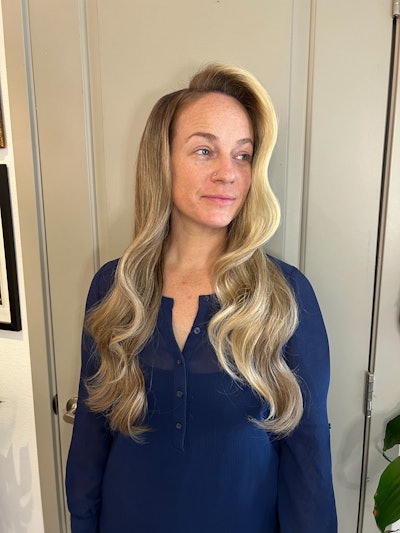 Courtesy of Drew Noreen
Courtesy of Drew Noreen
